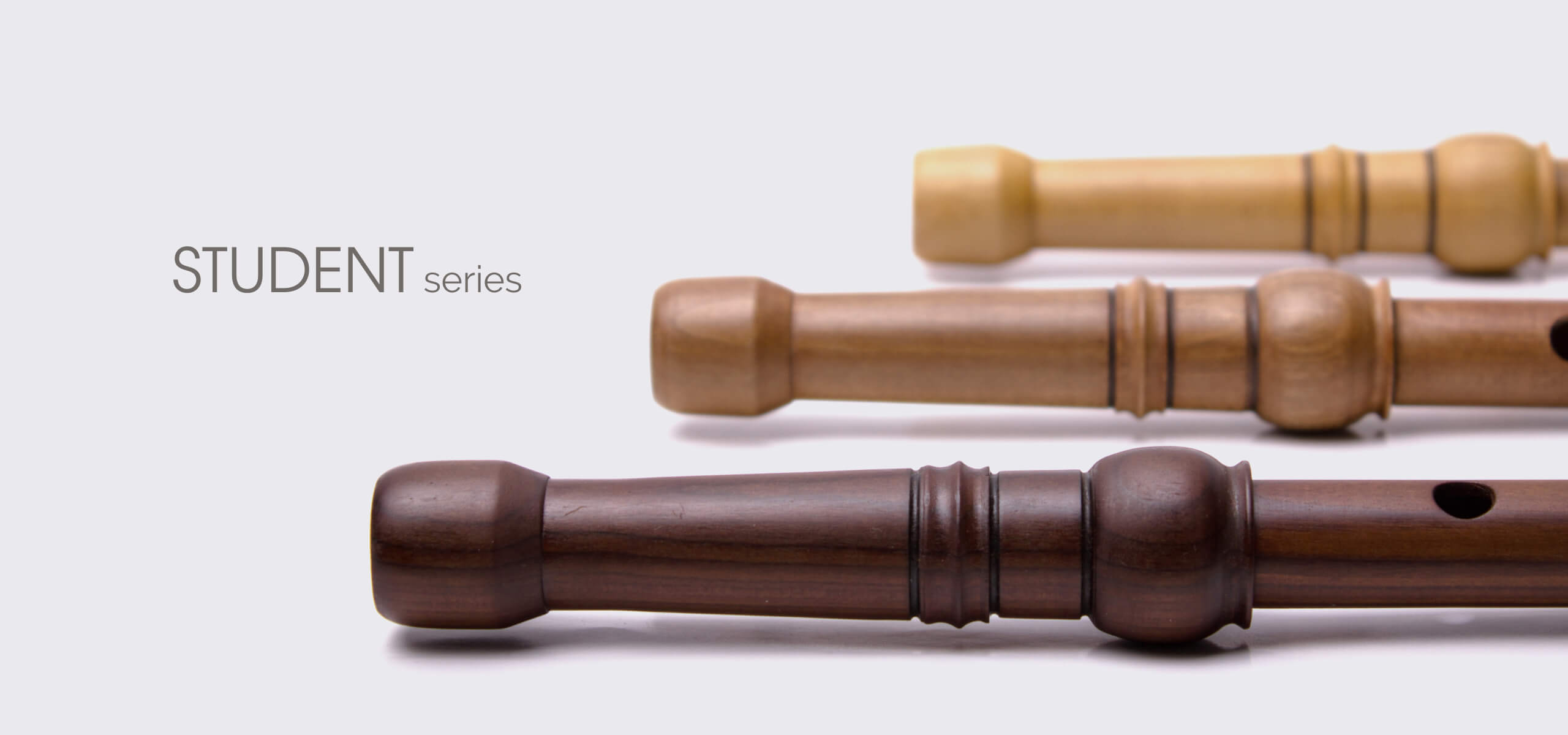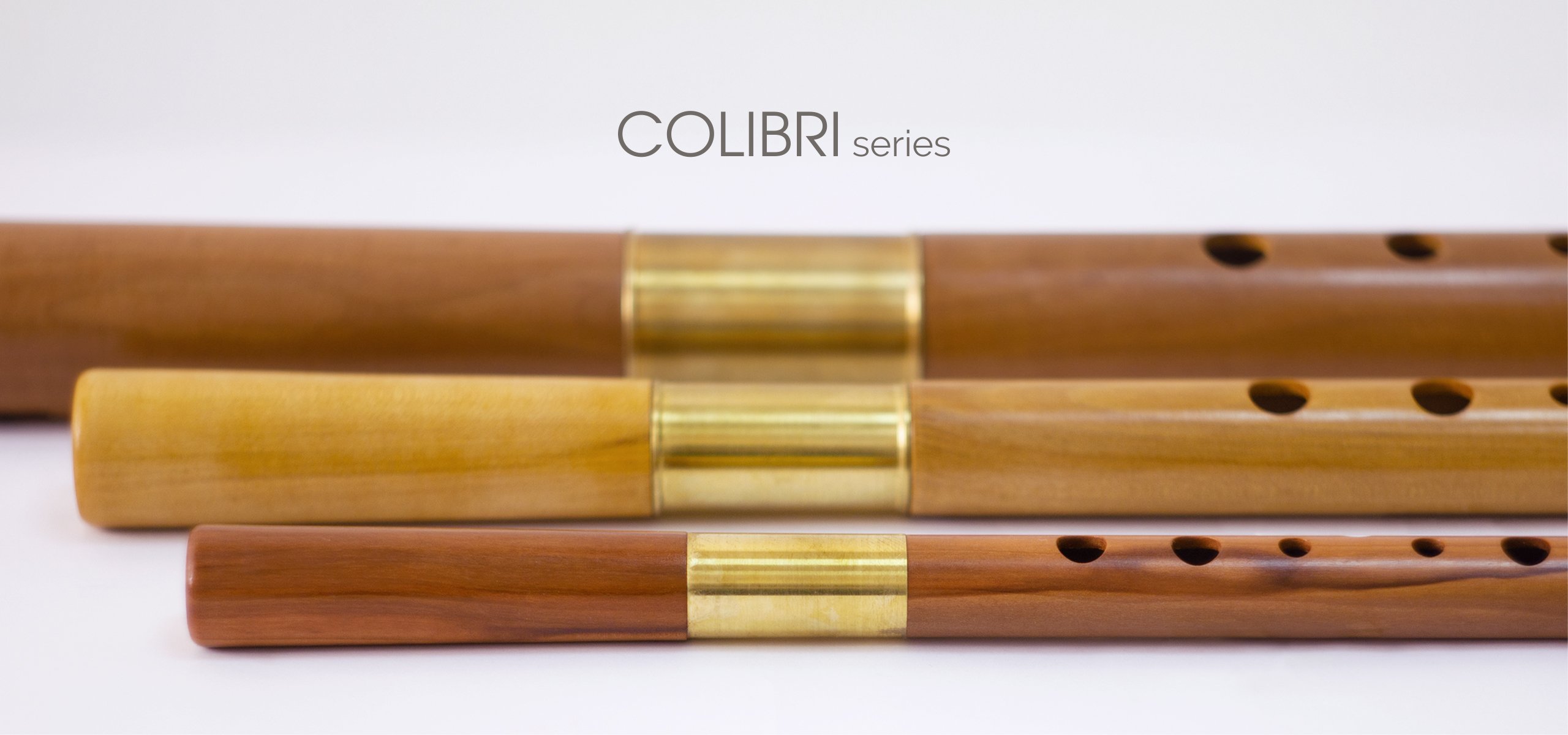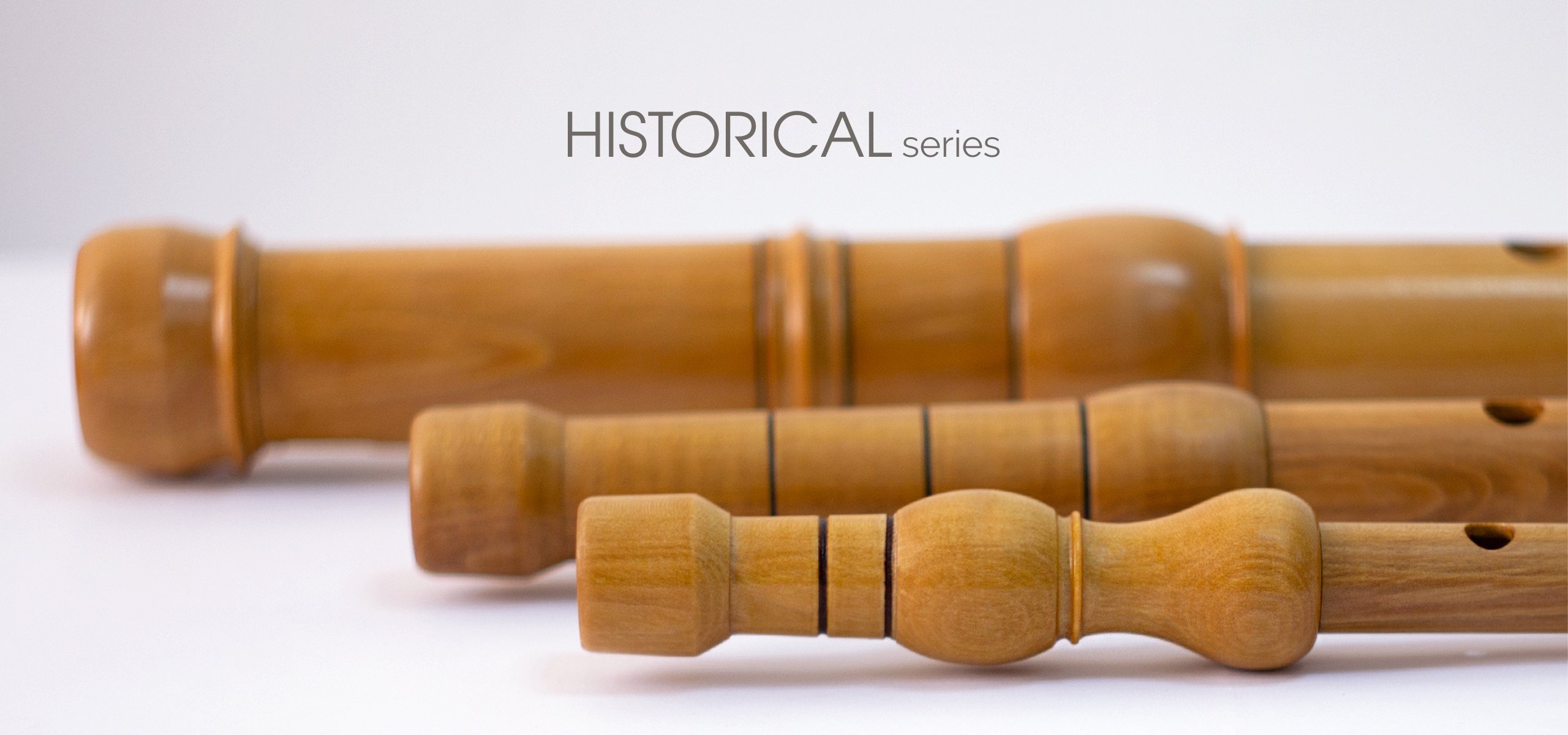We present to You the Ukrainian chromatic recorder, an instrument that has its roots in the archaic strata of the multi-ethnic Carpathian culture. In the 20th century, in the wake of the national renaissance, the flute, like other folk instruments, became the object of experiments by a number of Ukrainian builders, until one of them, Dmytro Deminchuk, proposed a model of the chromatic flute (patented in 1980). The intuitiveness of the application and apparent ease of mastering made the newly created instrument so popular that the attitude towards it became sincerely frivolous, and its widespread use led to a certain "inflation" of ideas about its expressive potential and place in the culture of the region. However, the flute still waited for its "poet", a romantic admirer of original ideas, the composer Myroslav Korchynskyi. It was his artistic projection on this invention of local significance that “gave fruit”, developing into a performing school. It happened in Lviv, a city in which transformations of various cultures and ideas took place for centuries, a city that allows various "non-formant" projects to take place. It was at the Lviv School of Professional Performance (on the basis of the M.Lysenko National Music Academy) that the recorder took its first steps as an artistic instrument.
Sopilka


(анг. ukrainian chromatic recorder, нім. Ukrainische chromatische Blockflöte)
(English - ukrainian chromatic recorder, German - Ukrainische chromatische Blockflöte)
Brief reference
The kind - a woodwind instrument
Type – longitudinal flute
Code (Hornbostel-Sachs classification) - H.-S. 421.221.12
The number of holes - 10
The application - chromatic
Family - sopranino, soprano, alto (in F, in G), tenor, bass
Origin – Ukrainian Carpathians (5th century AD)
Sopilka is a general name for longitudinal bottom and bottomless flutes. The name flute is all-Ukrainian and corresponds to the all-European name of flute in the international structural classification of Hornbostel-Sachs.
Related instruments – blockflute, chakan, flagolet
Sopilka is a common name for the Ukrainian chromatic longitudinal flute, a concert instrument that belongs to the family of European longitudinal flutes.
Her story is very similar to the fairy tale of Cinderella. Originating in the depths of the Carpathian mountains, it served shepherds and folk professionals for centuries as an instrument for playing and improvisations, for ritual music (wedding or funeral) and music for listening. But an unexpected turn of history led to events that divided the fate of the instrument into Before and After. The ancestor of the chromatic recorder still sounds in the mountains, and the modern instrument in just thirty years has gone through the stages of evolution that took several centuries for other instruments of this family.
The history of the transformation of a traditional recorder into a chromatic concert instrument, the classes of which exist from a music school to a music academy, is connected with the initiatives of three people - Mykhailo Timofiiv, Dmytro Deminchuk and Myroslav Korchynskyi.
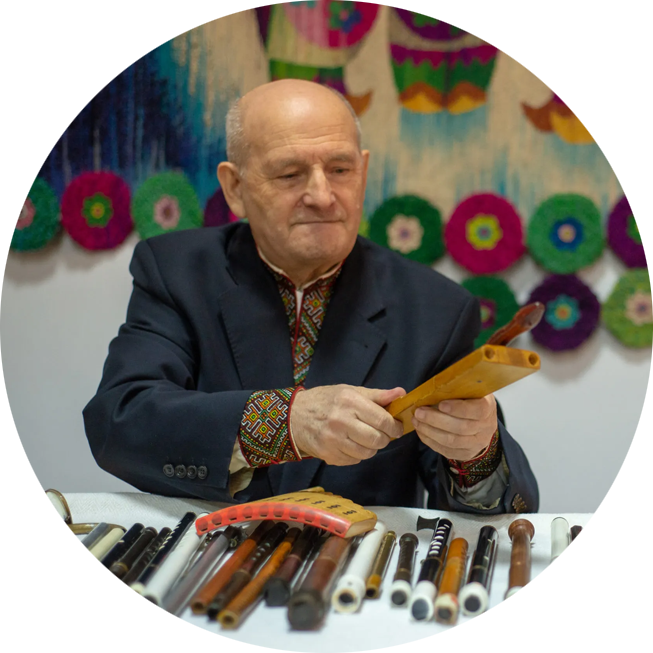
The idea of transforming a diatonic folk flute into a chromatic one belongs to Mykhailo Timofiiv. The goal of such an ambitious undertaking was the desire to have an instrument for virtuoso playing in many keys. M. Timofiiv is a brilliant folk musician who plays various Carpathian wind instruments, but his favorite instrument is the frilka in “a”. It was the frilka with the minor scale that became the "laboratory" of chromatization, and in 1964 the first chromatic frillka appeared, which lacked only the fingering for the sound of F-sharp (fis).
Dmytro Deminchuk successfully adopted the idea of chromatic fingering on traditional wind instruments. In 1980, he patented his first chromatic instrument, the longitudinal flute, after which he designed and patented seven more different traditional instruments. According to the words of the craftsman, he wanted to achieve what no one before him had been able to do: a bottom (whistle) flute, which could be played easily and masterfully in all keys.
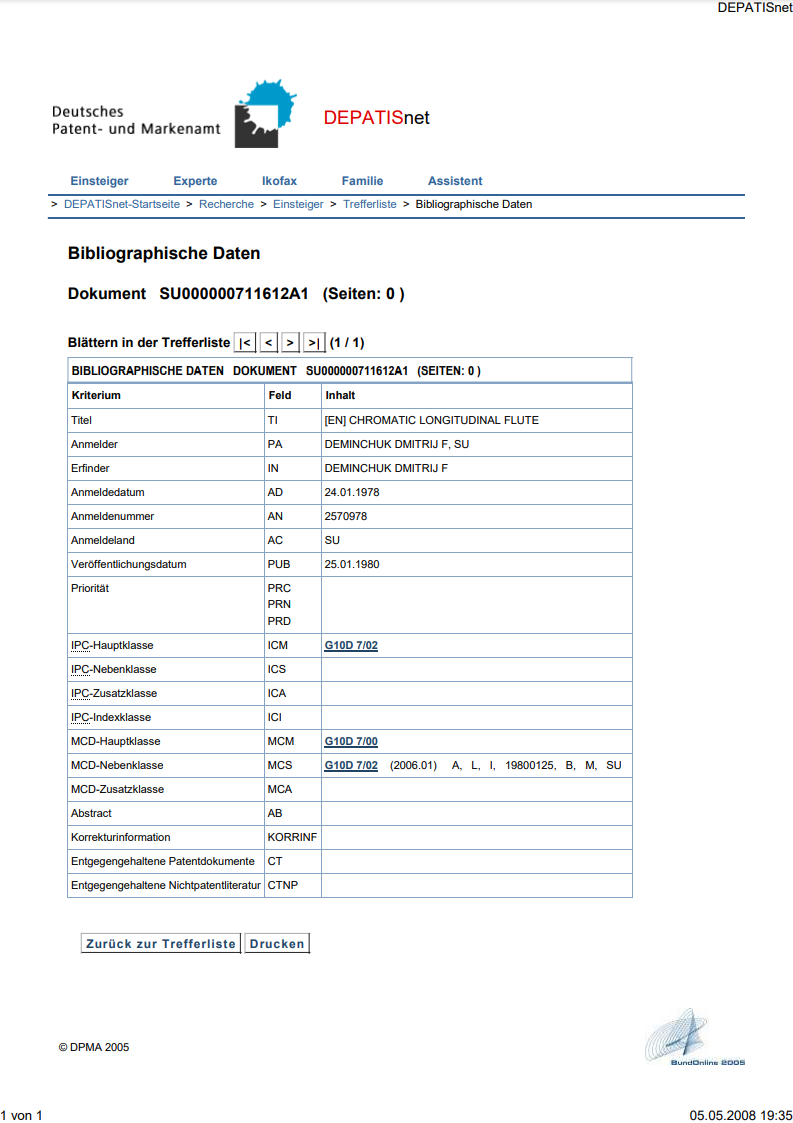
It was Dmytro Deminchuk's longitudinal flute that became the prototype for serial production of the Melnytsia-Podilskyi experimental production workshops under the name "chromatic concert flute", that is, those flutes that became popular on an all-Ukrainian scale.

This new instrument fell into the hands of composer Myroslav Korchynskyi, who was destined to become the "poet" of the chromatic recorder, developing it in a new role as an artistic, academic, concert instrument. The author of the first method, the founder of the classical sopilka repertoire and the first special class for the sopilka in a higher music institution, mentor of the first new generation of professional performers of the European type, M. Korchynskyi changed the history of this instrument for forever.



